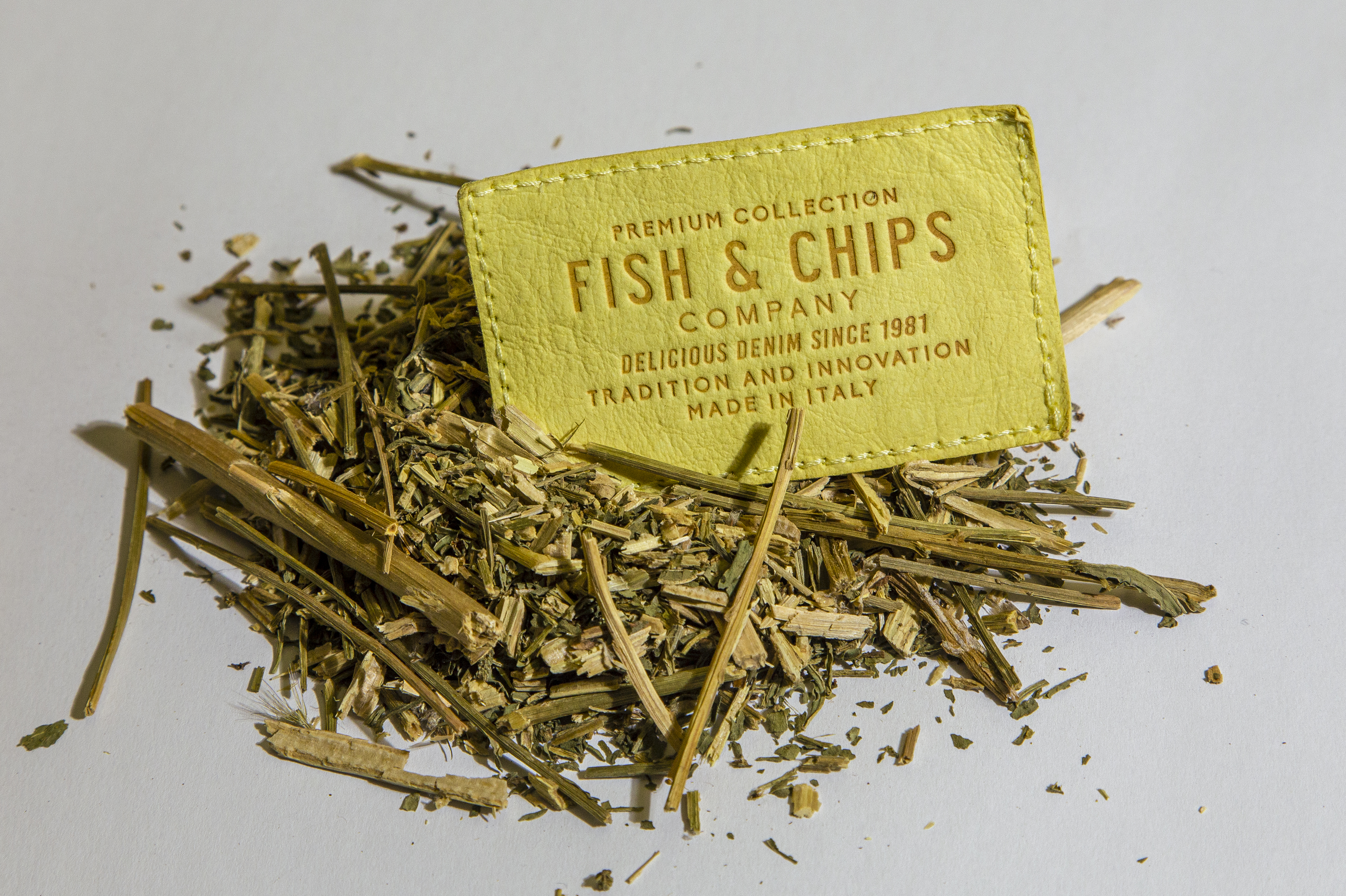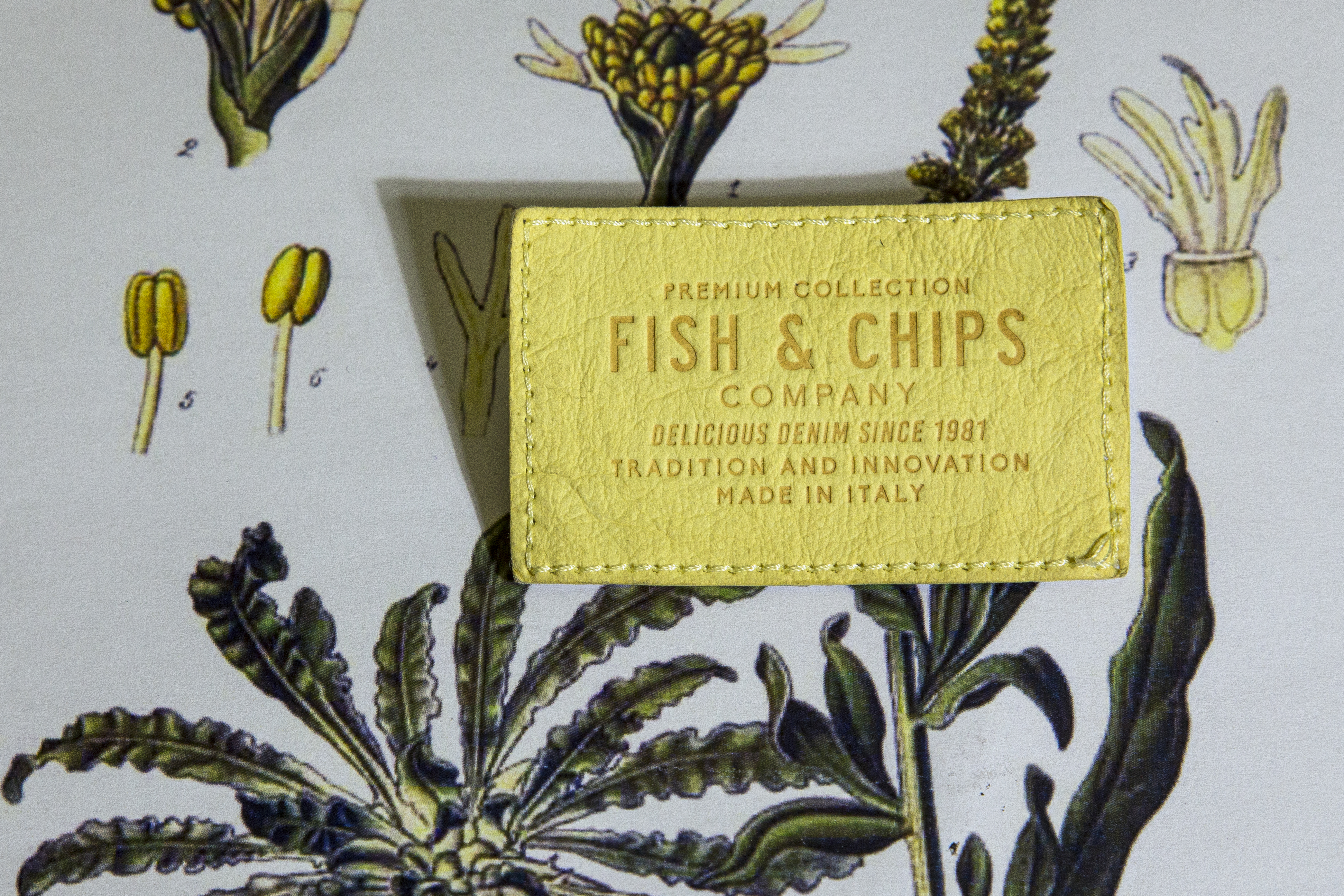Yellow dye: Reseda luteola
Until synthetic dyes were invented in the nineteenth century, textiles were dyed almost exclusively with dyes obtained from plants. This tradition has been handed down from generation to generation.
Yellow dyes have always been used from ancient times and yellow was the color to indicate festivities. Reseda luteola is said to be one of the oldest dyeing plants, mainly cultivated in the middle and south Europe. The Reseda luteola, also known as weld, comes from the Latin word luteola, meaning yellow and it identifies a certain flowers type.
Reseda can be found growing wildly on the road sides. The plant can grow up to one meter and remains in the soil for about 14 months. It will be harvested after the stalks and when the leaves have lost their green color almost completely. It is one of the most important dyeing plants and it is famous for its excellent washing and light fastness.
Nowadays we are searching alternatives for synthetic colors which are polluting and harmful. So reseda matches the need of natural, traditional, and pure dyeing.



